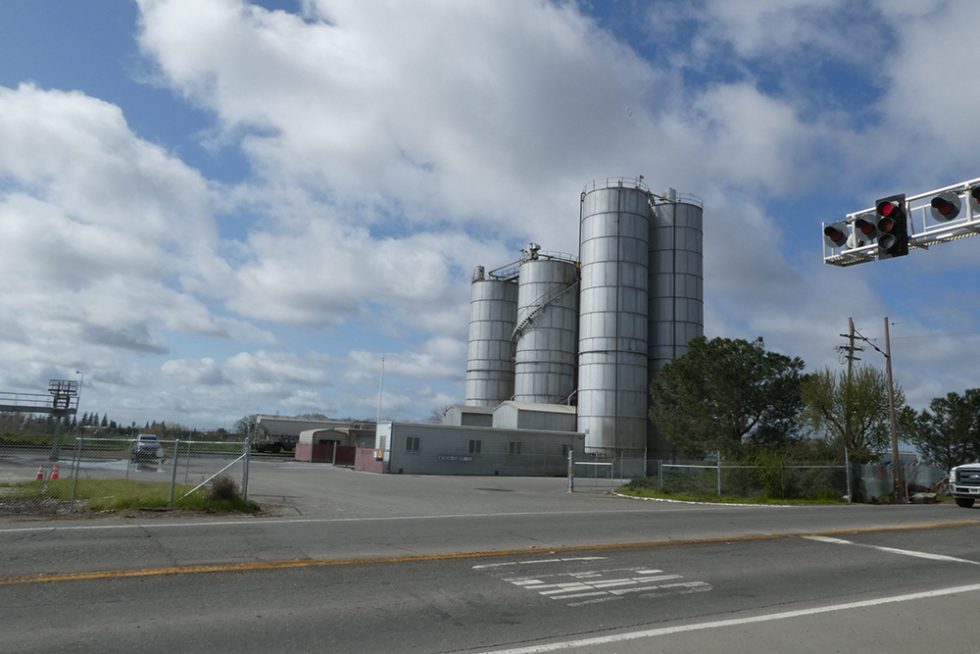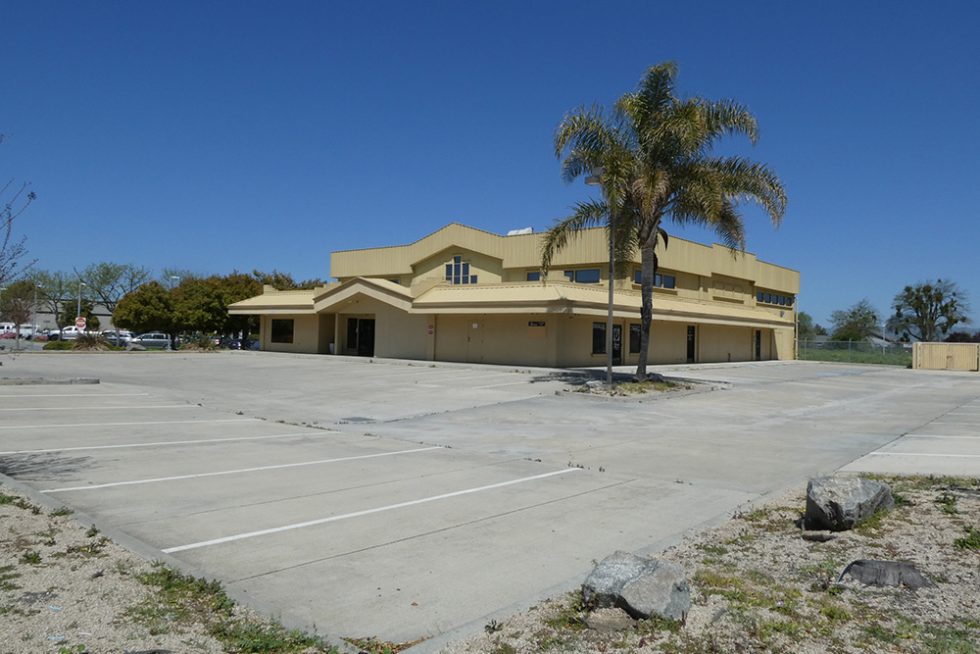Environmental Transaction Screen
Environmental Transaction Screen (ETS)
An Environmental Transaction Screen (ETS), also referred to as a Transaction Screen Assessment (TSA), is a type of environmental due diligence that is often conducted during commercial real estate transactions. The scope of work of an ETS is codified in ASTM Standard E1528-22. The purpose of an ETS is to identify potential environmental concerns (PECs) associated with a property. A PEC is defined as “the possible presence of hazardous substances or petroleum products on a property under conditions that indicate an existing release, a past release, or a material threat of a release of hazardous substances or petroleum products into structures on the property or into the ground, groundwater or surface water of the property.”
The goal of an ETS is to provide the potential buyer or lender with an understanding of the potential environmental risks associated with the property, and to identify additional investigation or remediation that may be necessary before the transaction can be completed. This information can help buyers or lenders make informed decisions about the transaction and avoid unexpected environmental liabilities down the road.
What is the difference between an ETS and a Phase I ESA?
An Environmental Transaction Screen is intended to reduce environmental uncertainty within reasonable limits of time and cost. Should greater certainty be required, a Phase I ESA (ASTM Standard E1527-21) is recommended.
The main differences between an Environmental Transaction Screen (ETS) and a Phase I Environmental Site Assessment (ESA) are the level of detail and scope of work involved. An ETS is a more limited assessment than a Phase I ESA, typically intended for lower-risk properties or those with limited potential environmental concerns. It is a screening tool used to quickly identify potential environmental risks associated with a property. On the other hand, a Phase I ESA is a more comprehensive assessment that is typically conducted when there is a higher risk of environmental concerns associated with the property. The standard for a Phase I ESA is “all appropriate inquiry” and involves extensive research.
What is the process of an Environmental Transaction Screen?
ETSs typically involve a review of available environmental records, such as past reports, permits, and regulatory databases, as well as a site visit to visually inspect the property and surrounding area. The assessment may also include interviews with current or former property owners or occupants, and a limited review of historical uses of the property and adjacent sites. The process of conducting an Environmental Transaction Screen (ETS) typically involves the following steps:
-
- Conduct a Records Review: The first step in an ETS is to order a commercially available regulatory database. This information can help identify potential environmental concerns associated with the property and surrounding area. If the database indicates listings of potential concern, targeted agency requests may be submitted.
- Perform a Site Visit: After reviewing the available records, the assessor will conduct a site visit to visually inspect the property and surrounding area. During the visit, the assessor will look for evidence of potential environmental concerns, such as the presence of hazardous materials or contaminated soil.
- Review Historical Land Use: The assessor will complete a limited review of the historical use of the property and surrounding area to identify potential sources of contamination or hazardous materials. This may include reviewing past operations and processes that may have generated hazardous waste, such as manufacturing or chemical storage, if appropriate.
- Conduct Interviews: The assessor may conduct interviews with current or former property owners or occupants to gather additional information about the historical use of the property and potential environmental concerns.
- Identify Potential Environmental Concerns: Based on the information gathered through the records review, site visit, historical land use review, and interviews, the assessor will identify potential environmental concerns associated with the property and surrounding area.
- Report Preparation: The assessor will summarize efforts of the assessment and provide the User of the report data to make appropriate decisions. If desired, the Client/User may request conclusions and/or recommendations based on the collected data. These recommendations may include assessment efforts like a Phase I ESA, or Phase II (sampling or testing) to assess the presence of contamination, if necessary.
What are some examples of Potential Environmental Concerns (PECs)?
Potential Environmental Concerns (PECs) may vary depending on the specific property and the level of assessment conducted. However, here are some common PECs that an ETS can help identify:
-
- Underground Storage Tanks (USTs): The presence of underground storage tanks, such as for storing petroleum products or hazardous substances, can be a potential environmental concern. An ETS can identify the existence and condition of USTs on the property.
- Contaminated Sites: An ETS may identify if the property or nearby sites have a history of contamination, such as from spills, leaks, or improper disposal of hazardous substances.
- Hazardous Materials or Waste Handling: An ETS can identify if the property or surrounding area has been involved in the handling, storage, or disposal of hazardous materials or waste, which could potentially lead to contamination.
While an ETS can help identify these potential concerns, further investigation or more detailed assessments, such as a Phase I Environmental Site Assessment (ESA), may be required to fully evaluate and mitigate these PECs.






